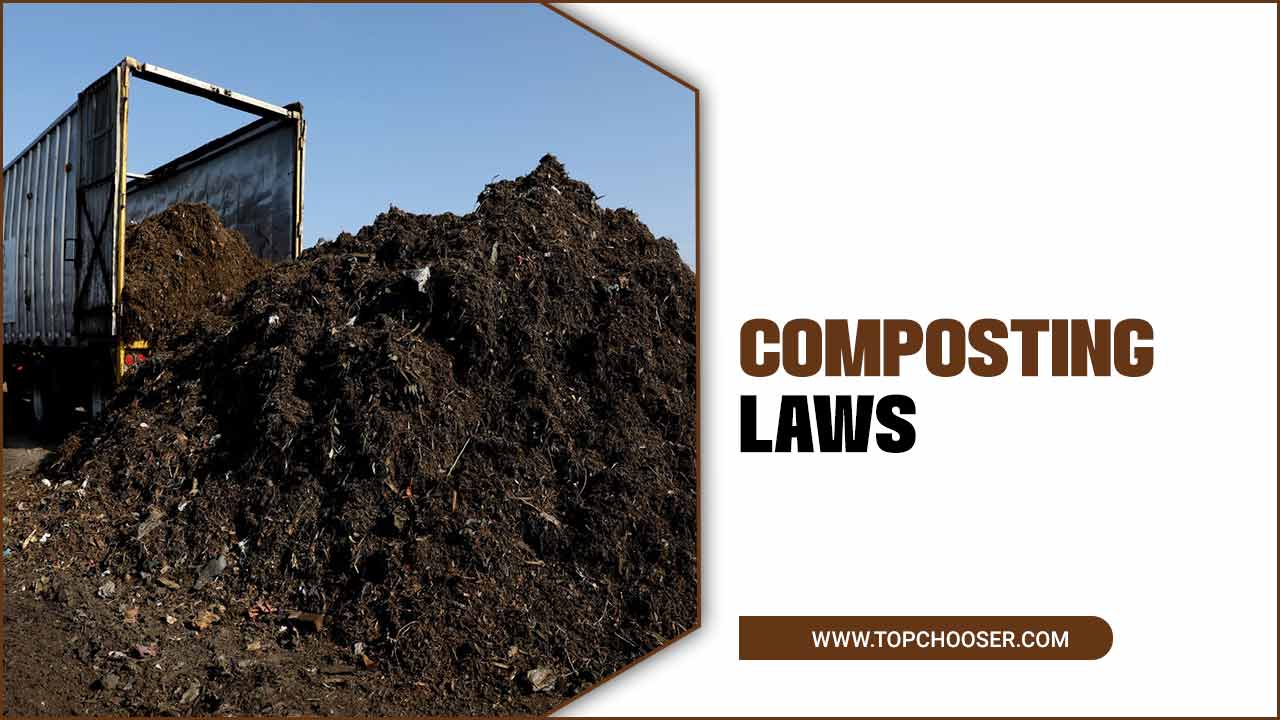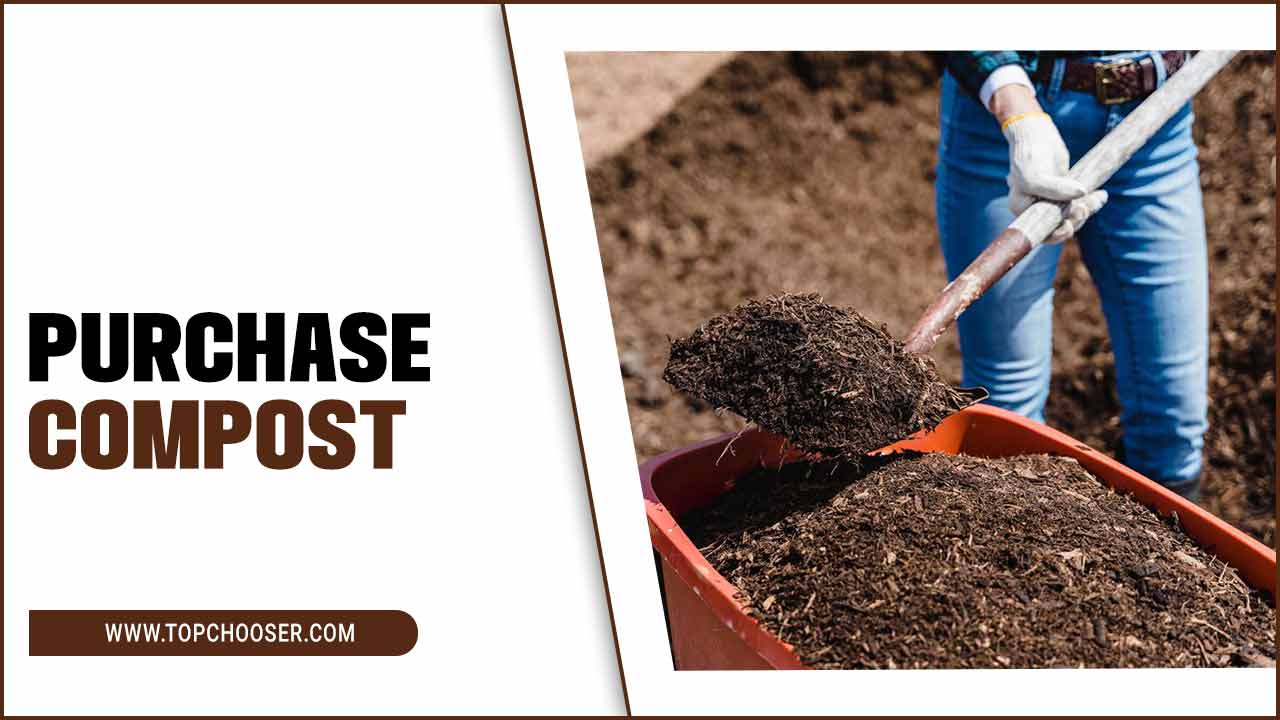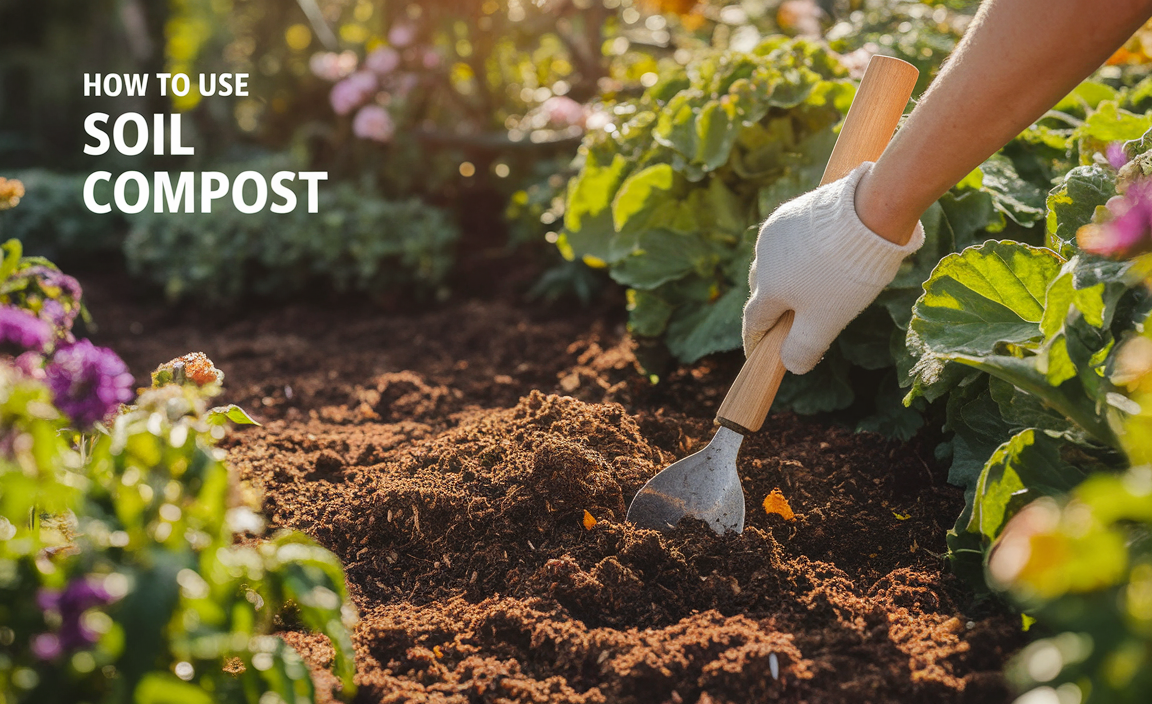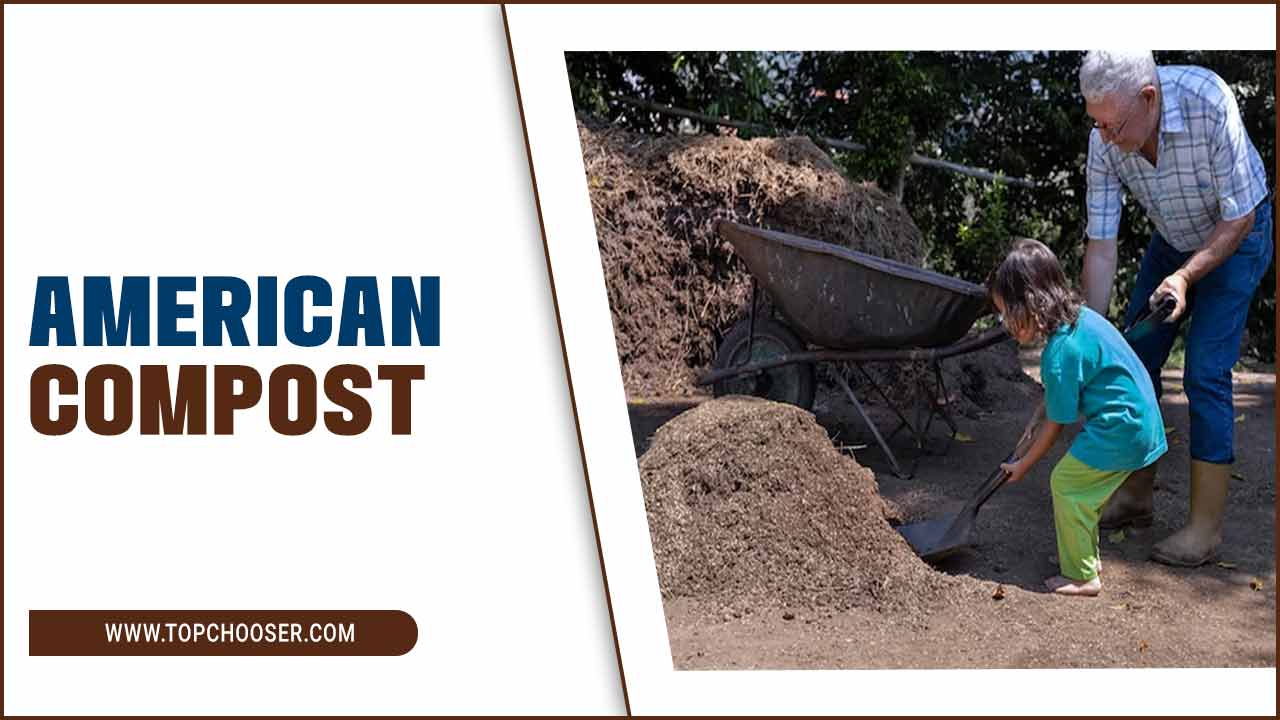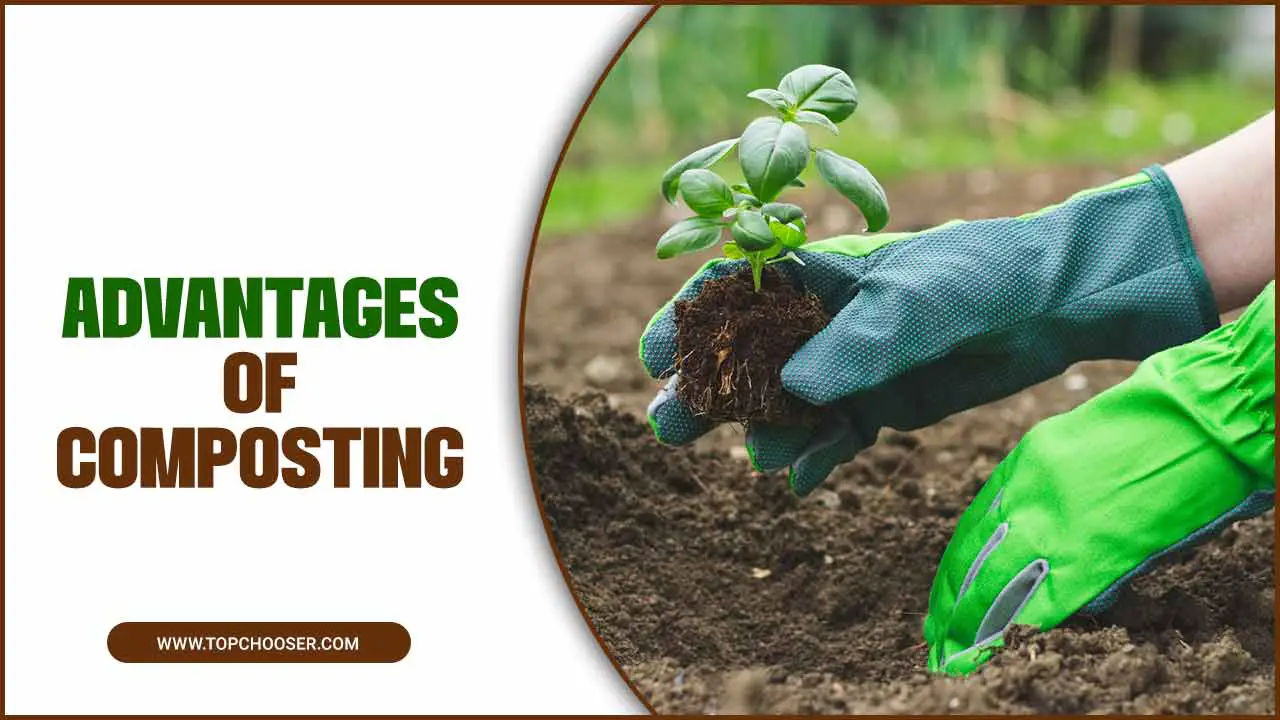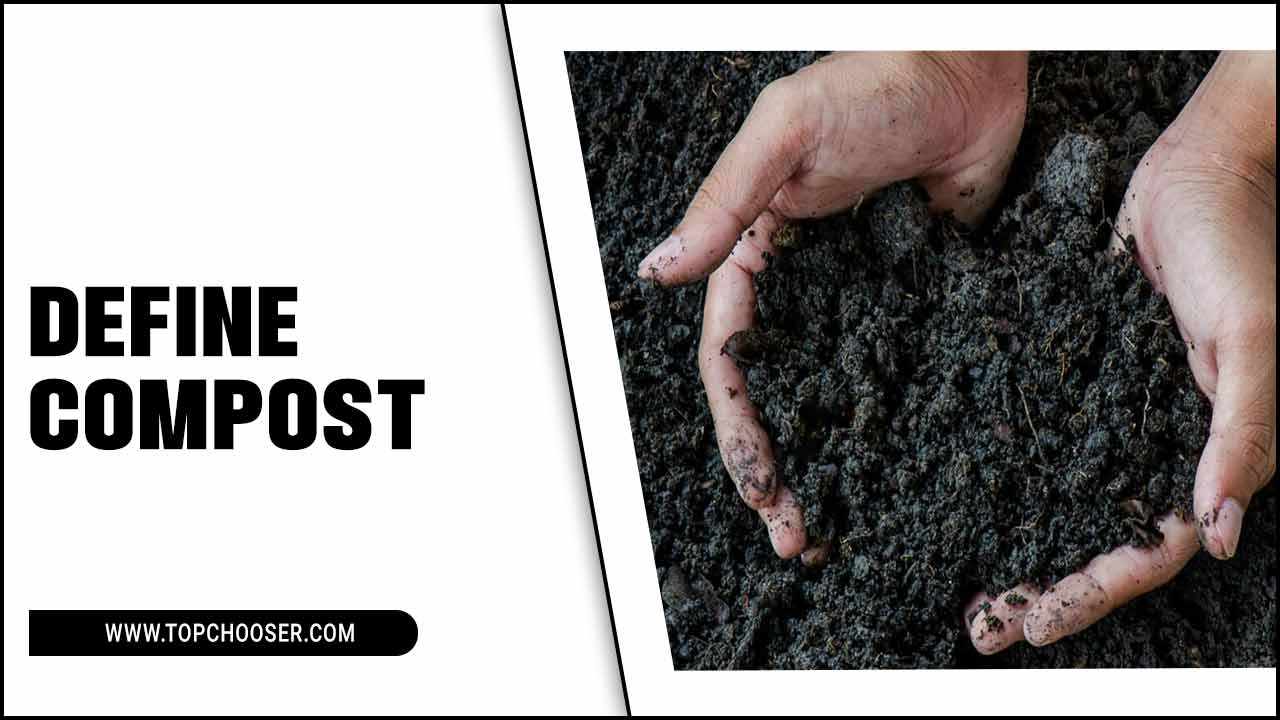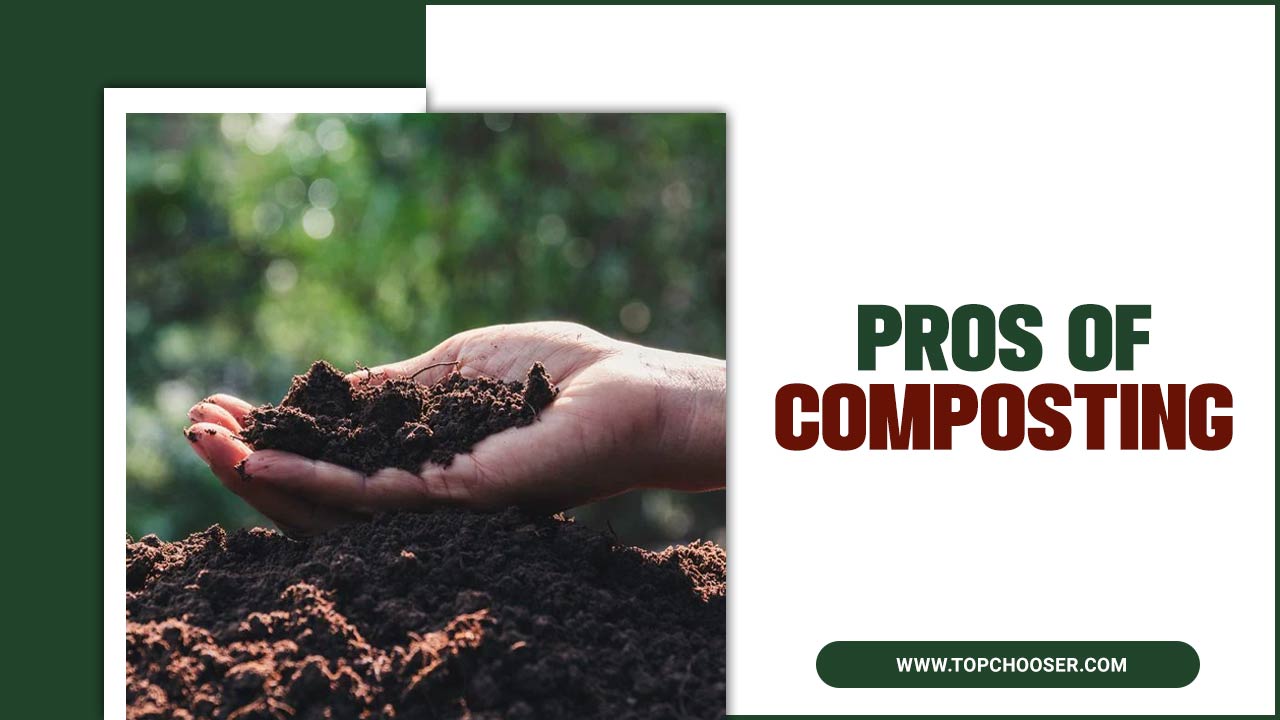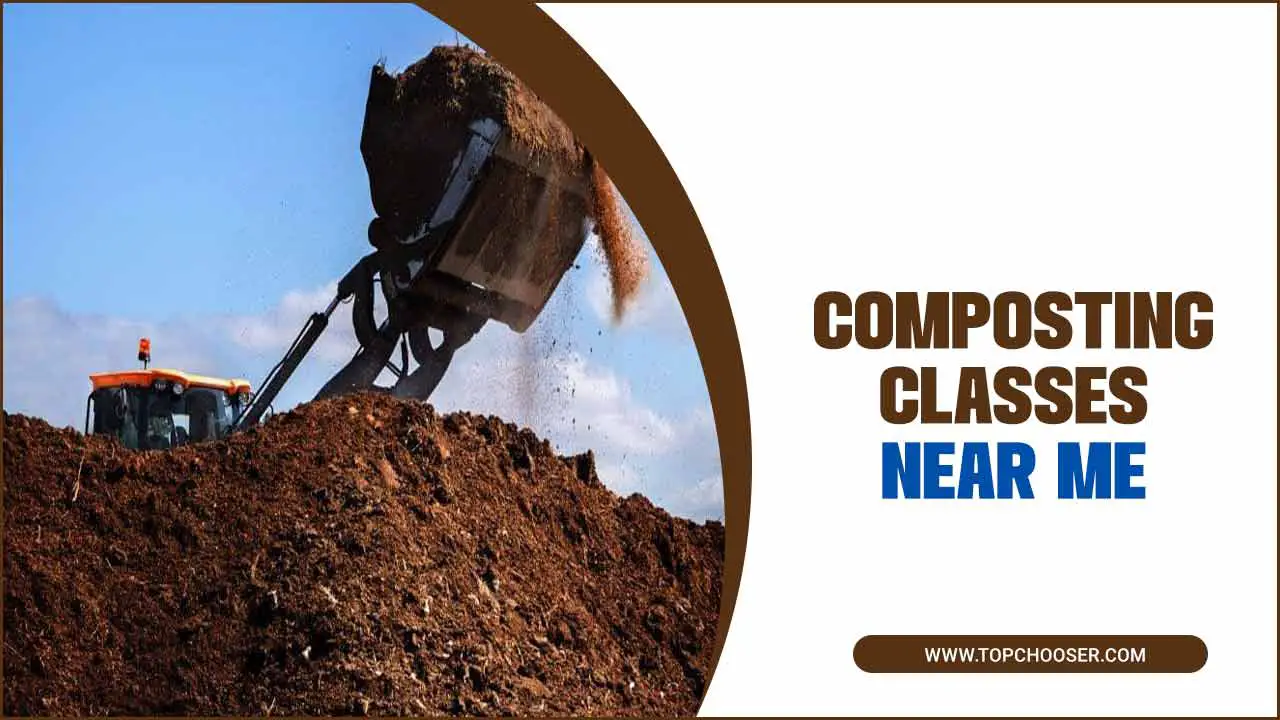Composting is a natural process that helps break down organic matter into rich soil that can be used to fertilize plants and gardens. Composting is an environmentally friendly way to reduce waste and return nutrients to the earth.
A composting poster is a helpful tool to educate people about the benefits and methods of composting. The poster can include information about what materials can and cannot be composted, how to start and maintain a compost pile, and the different composting methods, such as aerobic and anaerobic.
By promoting composting through a poster, individuals can learn how to reduce their carbon footprint, save money on fertilizers, and contribute to a healthier planet. The benefits of composting are numerous, and composting can help spread awareness and encourage more people to participate in this sustainable practice.
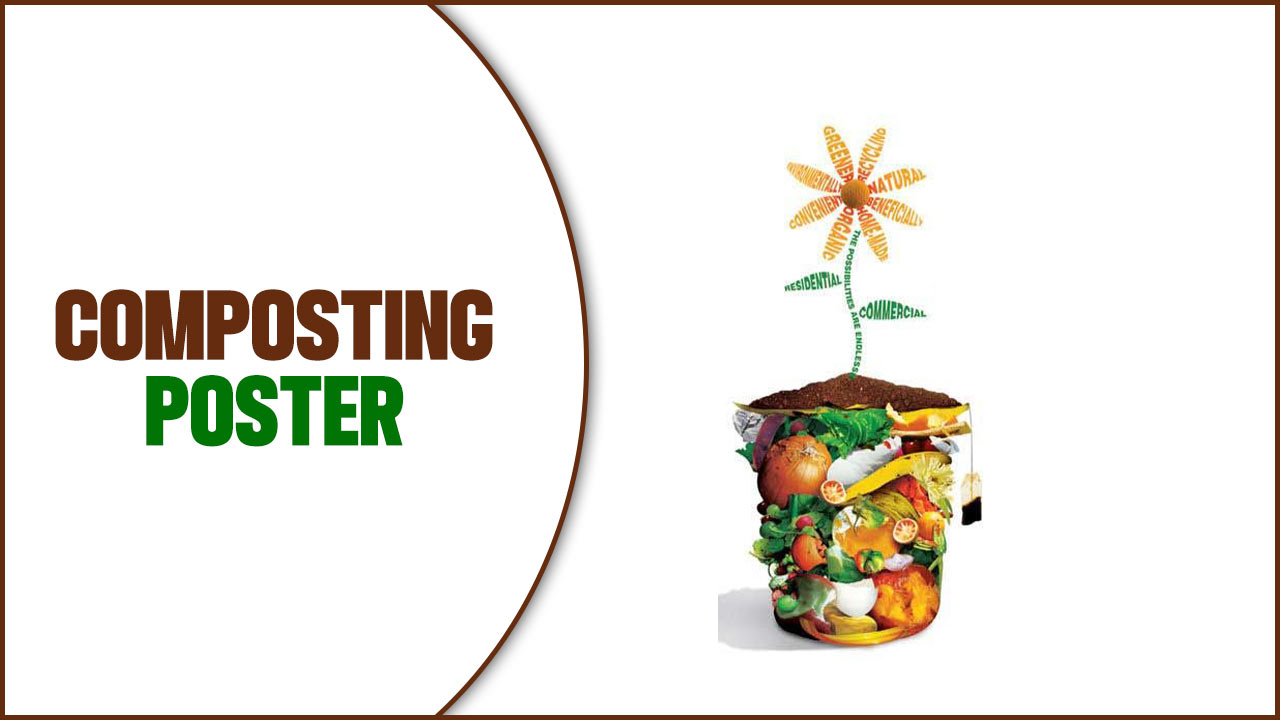
Types Of Composting Systems
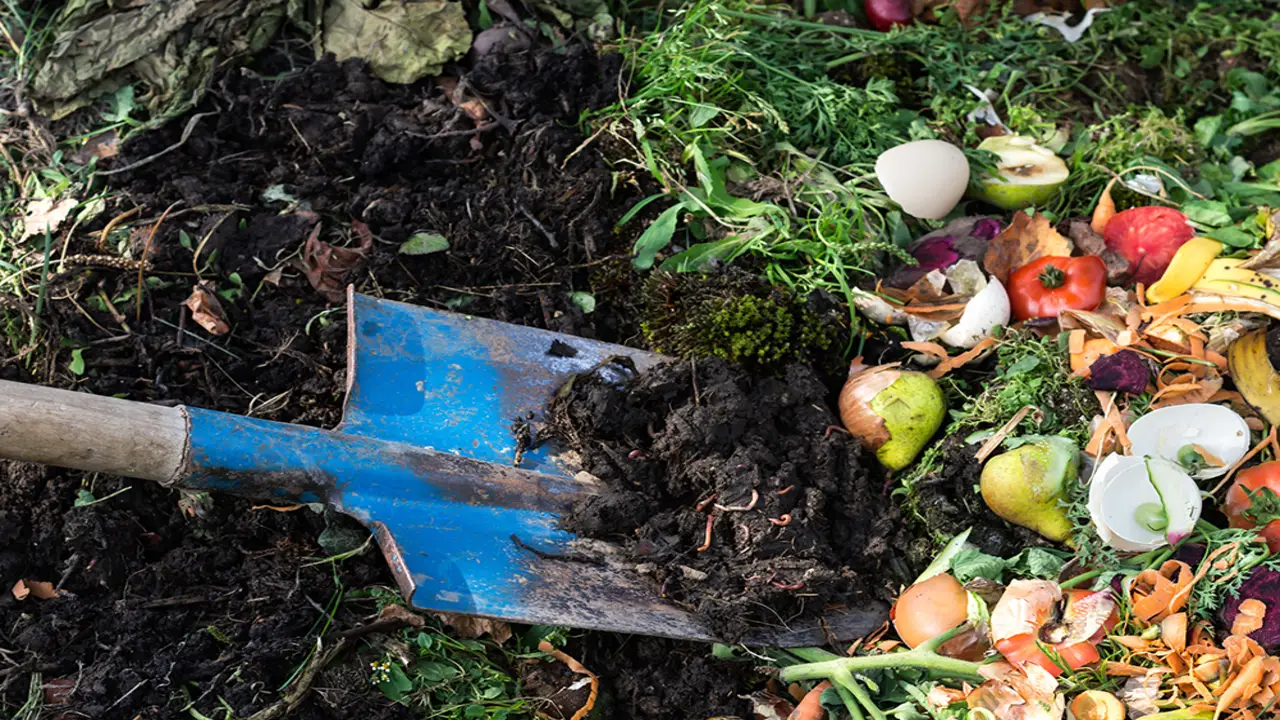
These various composting systems offer flexibility and options for individuals and communities to compost organic waste, reduce landfill waste, and create nutrient-rich compost for gardening and landscaping purposes. There are several types of composting systems used to facilitate the decomposition of organic waste:
- Bin Composting: Bin composting involves using enclosed containers or bins to hold and compost organic materials. These bins can be homemade or commercially available and come in various sizes and designs. They provide a controlled environment for composting and help contain the materials.
- Pile Composting: Pile composting is a simple and traditional method where organic materials are piled directly on the ground. The pile is typically turned occasionally to provide aeration and facilitate decomposition. Pile composting is suitable for larger quantities of organic waste and requires more space.
- Tumbler Composting: Tumbler composting involves using a rotating drum or tumbler. This system makes turning the compost pile easier and accelerates the decomposition process. Tumbler composters are well-suited for small spaces and allow for efficient mixing of materials.
- Aerated Static Pile Composting: Aerated static pile composting involves creating compost piles with proper aeration systems. The piles are aerated by natural or forced airflow, promoting decomposition. This method is efficient for large quantities of organic waste and allows for faster composting.
- Pit Composting: Pit composting involves digging a hole or trench in the ground and filling it with organic waste. The waste decomposes within the pit, and the resulting compost can be used to amend the soil. Pit composting is suitable for areas with limited space or for discreet composting.
Materials Required For Successful Composting
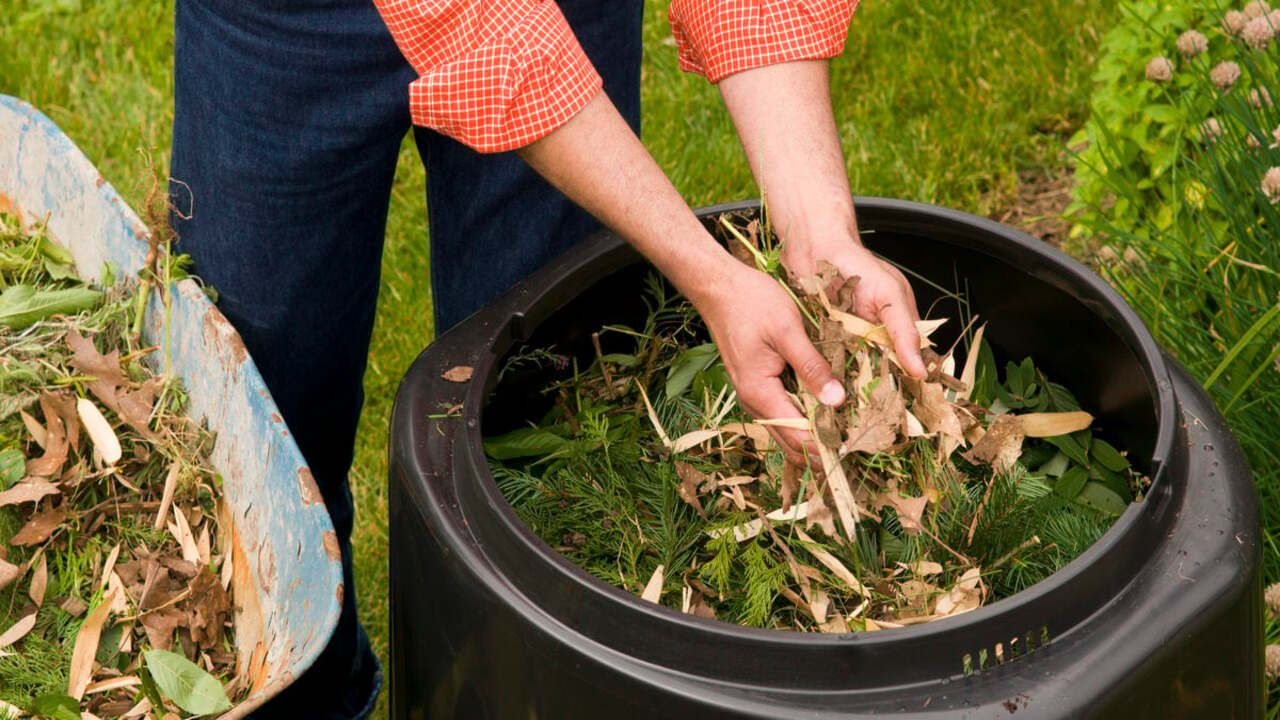
Having these materials on hand and following proper composting practices can create a successful composting system that transforms organic waste into nutrient-rich compost for your garden or landscaping needs. To ensure successful composting, you will need the following materials:
- Carbon-Rich “Brown” Materials: These materials provide a carbon source and include items such as dry leaves, straws, shredded paper, cardboard, and wood chips. They help create airflow, absorb moisture, and structure the compost pile.
- Nitrogen-Rich “Green” Materials: These materials provide a nitrogen source and include items such as fruit and vegetable scraps, coffee grounds, tea leaves, fresh grass clippings, and plant trimmings. They supply essential nutrients and help speed up the decomposition process.
- Water: Adequate moisture is essential for composting. Keep the compost pile moist, like a damp sponge, by regularly watering it. This allows beneficial microorganisms to thrive and facilitates decomposition.
- Air/Oxygen: Oxygen is necessary for aerobic decomposition. Turn or aerate the compost pile regularly to provide oxygen to the microorganisms and promote the efficient breakdown of organic matter. Use a pitchfork or compost aerator to mix and aerate the materials.
Tips And Tricks For A Successful Composting Poster
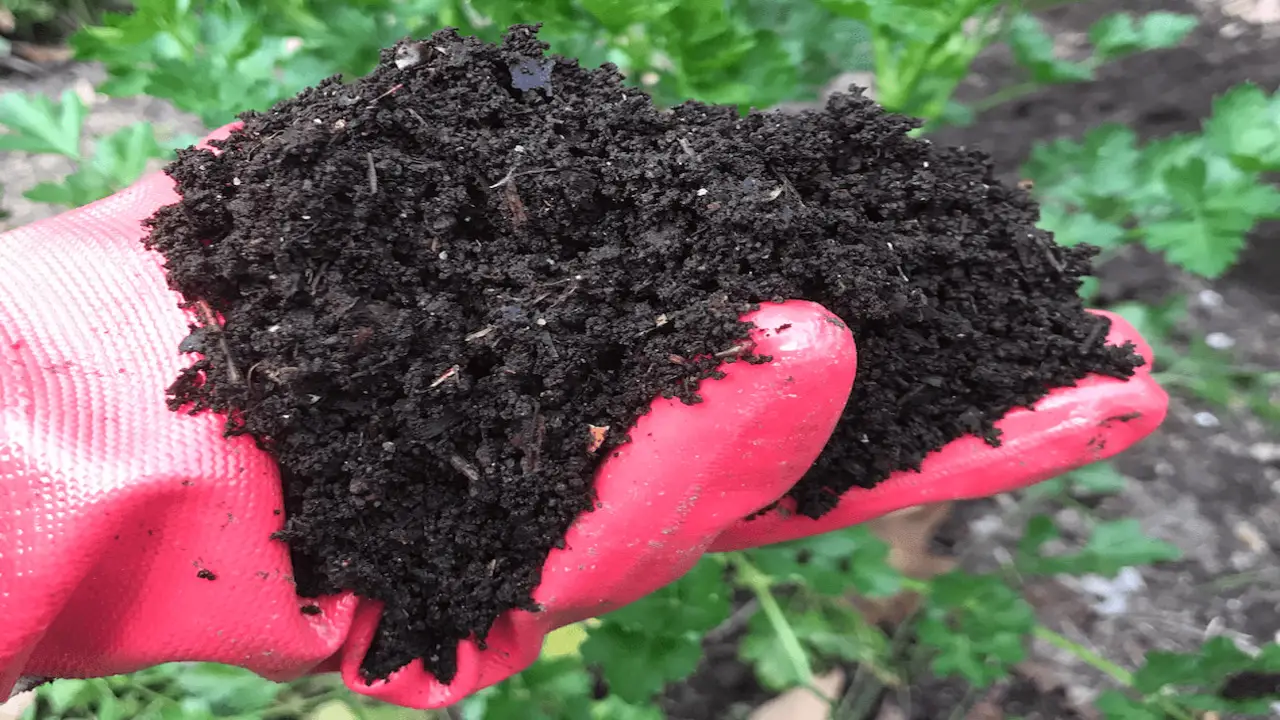
Composting is an important practice that helps to reduce waste and create nutrient-rich soil. By composting food scraps, yard waste, and other organic materials, we can divert these materials from landfills and instead use them to create valuable resources for gardening and farming.
Composting also helps reduce greenhouse gas emissions by keeping organic matter out of landfills, which can produce methane gas. Here are some tips on Composting poster.
Setting Up Your Composting System
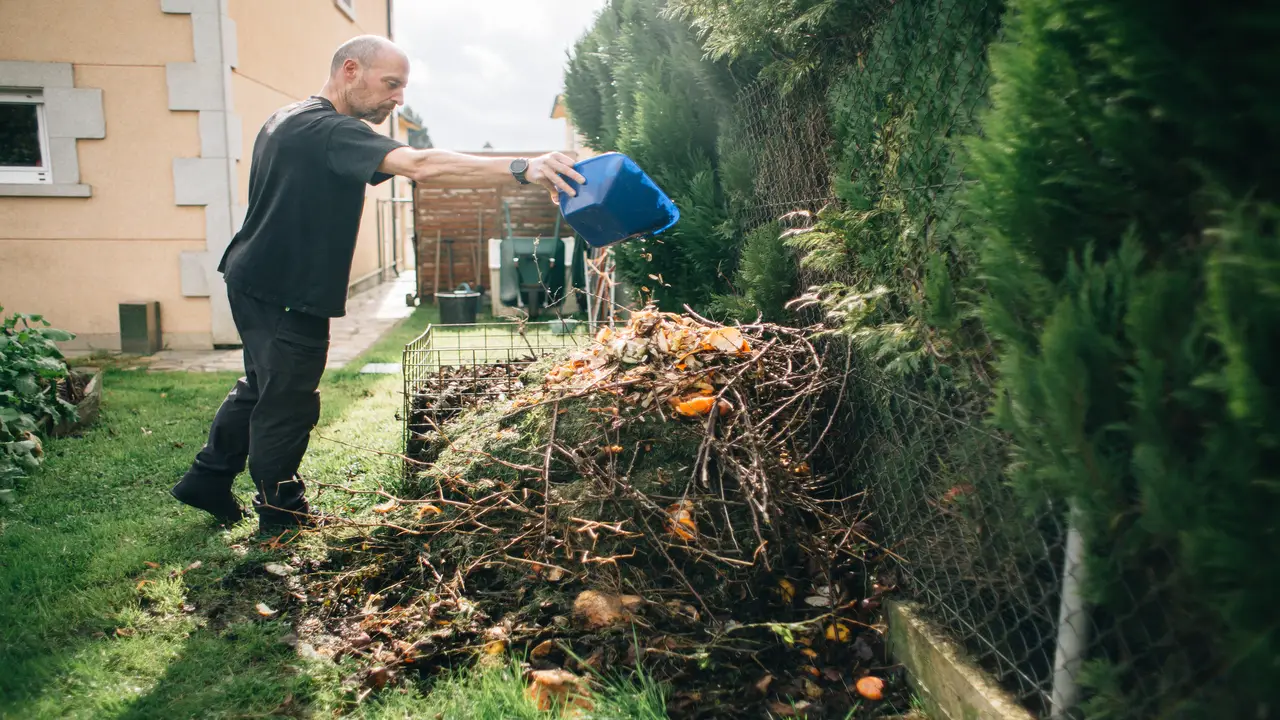
Composting is an effective way to manage your organic waste while providing nutrient-rich soil for your garden. Once you have chosen your composting method, you must set up your composting system. Here are some general steps to follow:
- Choose a location: Pick a convenient, sunny, and well-drained spot. Avoid areas that are too windy, wet, or shady.
- Prepare your container: If you are using a bin, a tumbler, or an in-vessel composter, make sure it has holes or vents for air circulation. If you use a pile or a window, ensure it is at least 3 feet wide and 3 feet high.
- Add your materials: Start with a layer of brown materials, such as dry leaves, straws, or wood chips. Then add a layer of green materials, such as grass clippings, fruit and vegetable scraps, or coffee grounds. Sprinkle some water to moisten the materials. Repeat until your container or pile is full.
- Cover your compost: Cover your bin, tumbler, or in-vessel composter with a lid. Cover your pile or windrow with a tarp or some straw. This will help retain moisture and heat.
Maintaining Proper Moisture Levels
Moisture is essential for the decomposition process in composting. However, too much or too little moisture can slow down or stop the process. Here are some tips to maintain proper moisture levels in your compost:
- Regularly check your compost: Squeeze a handful to test its moisture level. It should feel like a wrung-out sponge: damp but not dripping. If it is too dry, add some water. If it is too wet, add some dry brown materials.
- Adjust your watering: Depending on the weather and the season, you may need to water your compost more or less often. Water your compost once a week in dry weather and once every two weeks in wet weather.
- Use a thermometer: You can use a compost thermometer to measure the temperature of your compost. Ideally, it should be between 90°F and 140°F (32°C and 60°C). If it is too low, it means your compost is too dry or lacks oxygen. If it is too high, it means your compost is too wet or has too much nitrogen.
Balancing Carbon And Nitrogen
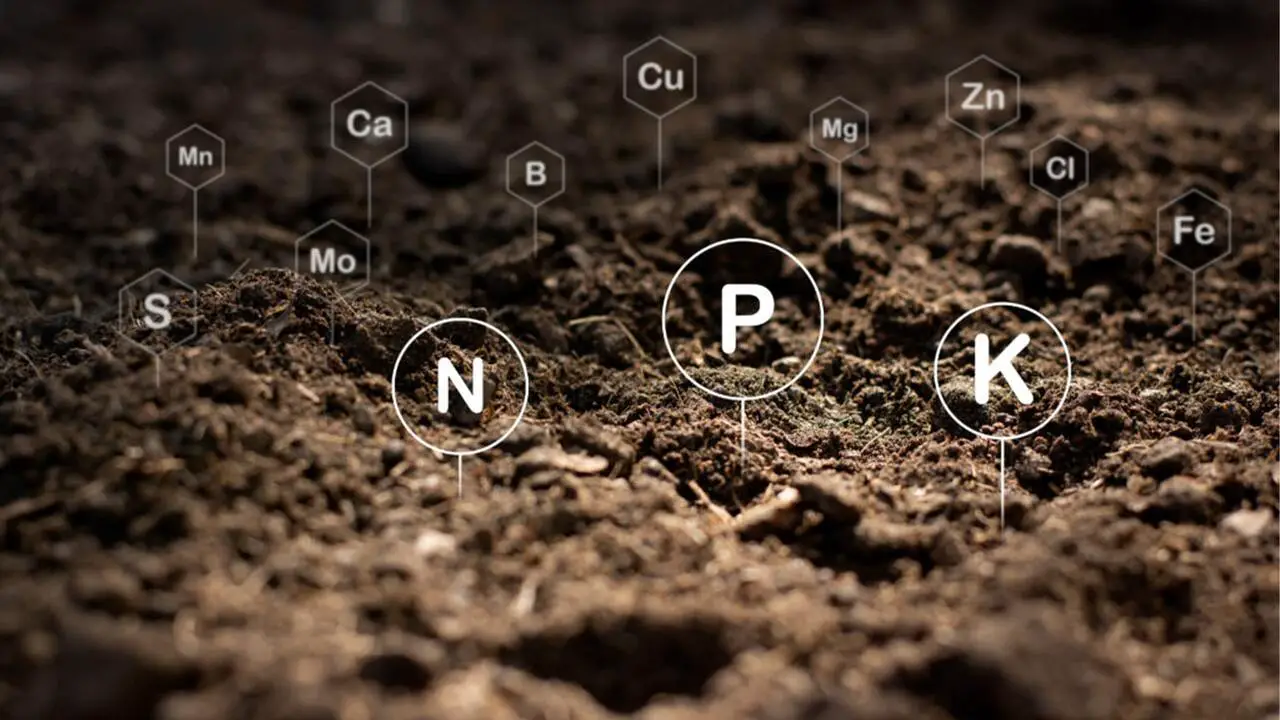
Carbon and nitrogen are key elements that feed the microorganisms in your compost. Carbon provides energy, and nitrogen provides protein for their growth and reproduction. You must balance these two elements in your compost to ensure optimal decomposition. Here are some guidelines to balance carbon and nitrogen in your compost:
- Use the right ratio: The ideal carbon-to-nitrogen ratio in your compost is between 25:1 and 30:1. You need 25 to 30 parts of carbon-rich brown materials for every part of nitrogen-rich green materials.
- Mix your materials: To achieve the right ratio, you must mix your brown and green materials well. You can use a shovel, a fork, or a compost turner to do this. Alternatively, chop or shred your materials before adding them to your compost to make mixing easier.
- Monitor your compost: You can tell if it has the right balance of carbon and nitrogen by its smell, colour, and texture. A well-balanced compost should smell earthy, look dark brown, and feel crumbly. If your compost smells sour, looks grey, and feels slimy, it means it has too much nitrogen. If your compost smells musty, looks light brown, and feels dry, it means it has too much carbon.
Turning And Aeration
Turning and aeration are important steps in composting that help speed up the decomposition process and prevent odours and pests. HTurning and aeration involve mixing and fluffing up your compost to introduce oxygen and distribute moisture and heat. Here are some tips to turn and aerate your compost:
- Use the right tools: Use a shovel, a fork, or a compost turner to turn and aerate your compost. Some bins and tumblers have handles or cranks that make turning easier. You can also use a pitchfork or a broomstick to poke holes in your compost to improve airflow.
- Turn your compost regularly: Depending on your composting method and the size of your materials, you may need to turn your compost more or less often. Turn your compost once every three to seven days for faster results. If you are not in a hurry, you can turn your compost once every two to four weeks.
- Check the temperature: You can use a compost thermometer to check the temperature of your compost before and after turning. Ideally, it should be between 90°F and 140°F (32°C and 60°C). If it is too low, it means your compost needs more turning or more nitrogen. If it is too high, it means your compost needs less turning or more carbon.
Troubleshooting Common Composting Problems
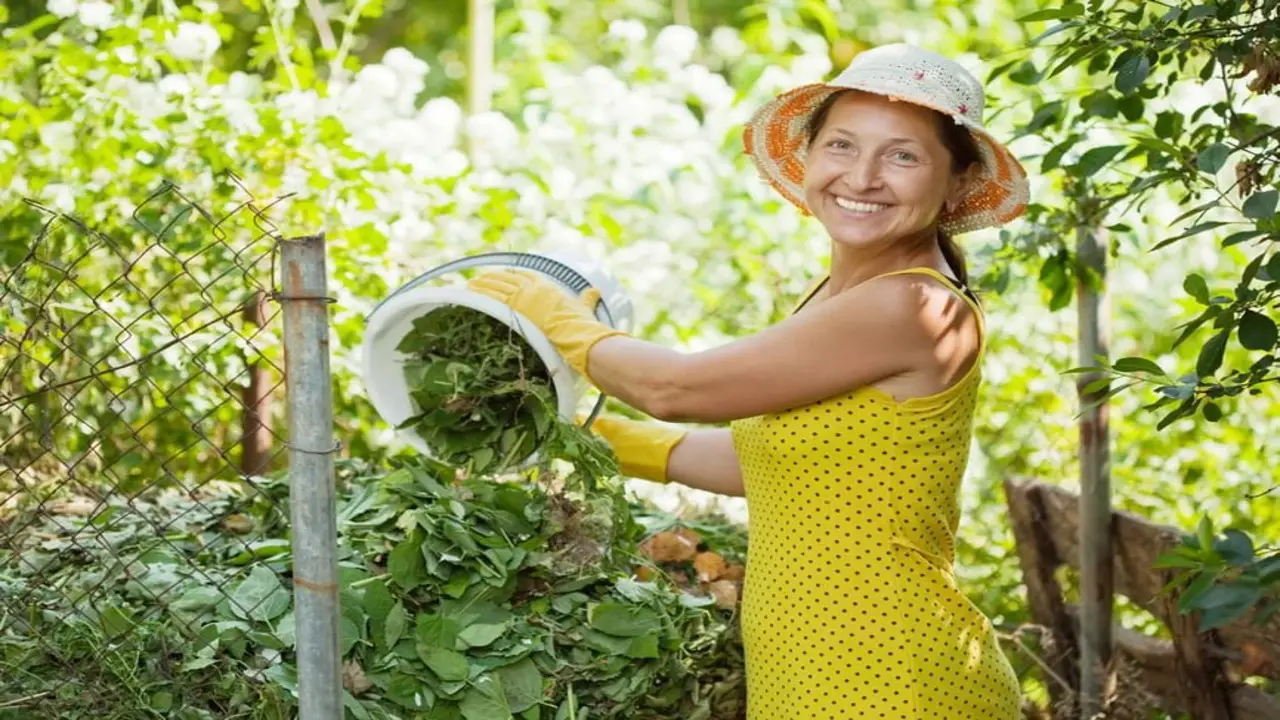
Composting is not a complicated process, but sometimes you may encounter problems that affect quality or efficiency. Here are some common composting problems and how to solve them:
- Problem: Your compost smells bad.
- Solution: This usually means your compost is too wet or has too much nitrogen. To fix this, add some dry brown materials, such as leaves or straw, and turn your compost to aerate it.
- Problem: Your compost is attracting pests.
- Solution: This usually means adding inappropriate materials to your compost, such as meat, dairy, or oily foods. To avoid this, only add plant-based materials to your compost and cover it with a lid or a tarp.
- Problem: Your compost is not decomposing.
Solution: This usually means your compost is too dry or has too much carbon. To remedy this, add some water or green materials, such as grass clippings or fruit scraps, and turn your compost to mix it.
Conclusion
The composting poster is a powerful tool for promoting the importance of composting. By providing specific information on the benefits of composting, the poster encourages individuals to take action and positively impact the environment. The success of composting can be seen in the reduction of waste in landfills and the creation of nutrient-rich soil for plants.
Composting serves as a reminder of the importance of sustainable practices and individuals’ role in creating a more sustainable future. Its ability to communicate important information in an accessible and visually appealing way makes it effective for promoting environmental awareness and encouraging positive behaviour change. Therefore, composting is a valuable resource for anyone looking to impact the environment and create a more sustainable world positively.
FAQs
[rank_math_rich_snippet id=”s-c5b5aa32-79dc-4a28-b62a-33091334ee43″]

I am passionate about home engineering. I specialize in designing, installing, and maintaining heating, ventilation, and air conditioning systems. My goal is to help people stay comfortable in their homes all year long.

